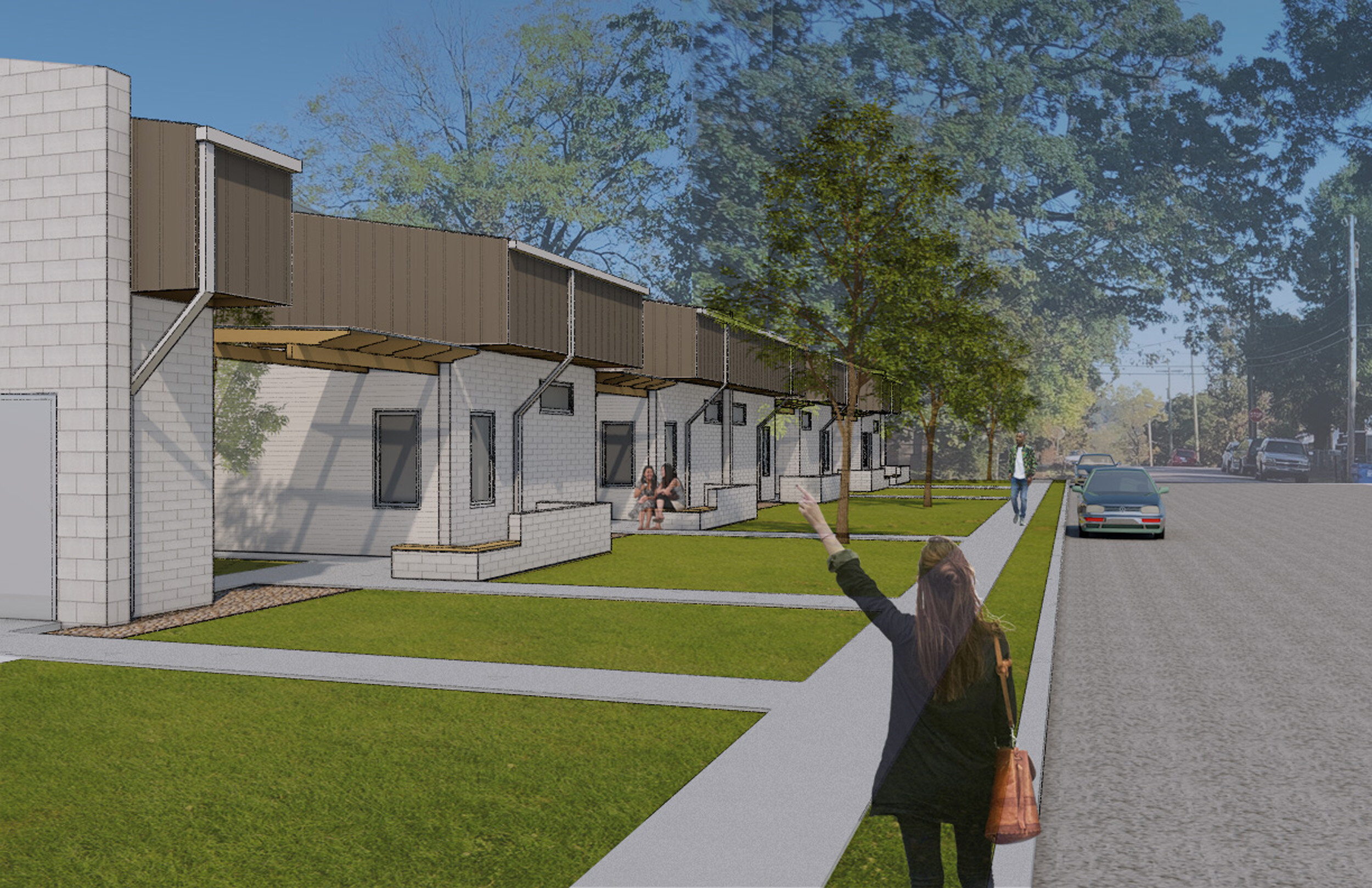Buildings Have Relationships Too
/Architecture is often associated with how something looks, and while the shape of a building is what people see, architecture serves a greater purpose than making something aesthetically pleasing, outstanding, or invisible. Architecture, like “design” in its most general sense, is about how something works. What is the function of a building? What happens inside it, around it, or both? What relationship does it have to the things around it, if any? Could it have a role or be engaging? How do we position it to make it more engaging? These are the kinds of questions we ask when we perform a site analysis and study the opportunities and constraints of a site for a potential building. To better understand the relationships buildings have to their surroundings, we can look at these historical examples of the Pyramids in Giza, Egypt and monuments in Washington, D.C.
Map of giza, by wesser moland via wikipedia
…going back at least as far as the Pyramids, sacred structures have been grandiose, dramatic, and the focal point around which life develops and organizes
Our nations capital, Washington, D.C., is another great example of how monumental buildings organize the environment. Large, distinct structures, are often utilized as navigation points in dense urban environments.
The lawn is also a consequence of a relationship between architecture and landscape. While lawns have a storied history of indicating status, the intention behind creating lawns in America was somewhat of a digression from our European counterparts. In Europe, having a lawn was exclusive to the aristocracy. It created distance from main roads and allowed the elite to see who was approaching. It also meant one could afford the labor required to maintain the lawn and/or gardens. While the same things can be said of any American lawn, the “front yard” came about as a consequence of suburbanization. The yard was meant to be a scenic view for passers-by in automobiles as well as a contribution to more public space. And we like to focus on the latter - the idea that communal space has the ability to connect buildings to their environments and to facilitate relationships among the people who inhabit and use them.
In one of our recent projects, a developer envisioned converting an old daycare into multifamily residential units. The old daycare is located in the heart of a neighborhood that prides itself in being a “porch community” of residents who value relationship building. So adapting the building into more - and different types of - housing is the perfect way to capitalize on a perfectly good structure that has been vacant for years. The difficult part, besides the obvious challenge of converting classrooms into residences, is figuring out how to open up the fortress-like building so that it engages the neighborhood it’s in.
The daycare is in the heart of a single family residential area
apart from the doors, the building has no windows, and the entryways are alcoves that retreat into the building instead of engaging the street
In order to create a sense of individual units and to allow more light into them, we designed a series of cuts into the building, which opened up the interior, created a private courtyard for each unit, and gave us the necessary wall space to add windows and allow more light into each unit. While this gives the building a more residential feel from the inside, it didn’t do anything to connect the building with the street or neighborhood. To make matters worse, because of the building’s zoning status, it was already at its limit for how far it could be setback from the street, meaning attaching a covered porch was not an option because it would extend into that setback limitation.
After calling our local zoning official, we learned that knee-high walls would be interpreted as fences rather than porches and would not be subject to the setback limitation. So we placed a patio at the front of the courtyard and extended it forward into the yard. The patio wall is two levels. Part of it is about 30 inches tall to create the classic porch feel that provides some security while still being friendly to the street. The other part is only about 16 inches tall and is more of a transitional space, ideal for sitting on and conversing with passers-by.
To connect the depth of the courtyard to the patio and street, the walls were offset to one side so that the sidewalk and views from the street would continue directly into the courtyard. We also designed a light-weight awning over the threshold from the patio to courtyard to define each entryway; however, in order to stay within the setback limitation, the awning has to live between, and not surpass, the existing building overhangs.
Top: new residential front facade Bottom: aerial view of of new residential layout with interior courtyards
rendering of new residences with interior courtyards and porches
In another adaptive reuse project, we are transforming an old daylight basement into Pre-K classrooms for the Chambliss Center for Children. Similarly to the above daycare to residential project, not only does the basement we are renovating lack a relationship to the outside but also, the building it’s in sits on the edge of the property, hidden behind other campus buildings and has little relationship to them or the surrounding area. Additionally, the one wall of the basement that actually opens up to the outside, faces a downhill slope into a semi-wooded area.
One of the positive features of the site, however, is that there is just enough level ground outside the basement before it drops off to the west that we’ve been able to incorporate an outdoor play space and create a relationship from the classrooms to the wooded area it faces. We began with a low wall again, this time to keep toddlers from tumbling down the hill. The wall loosely mimics the existing topography to get the most from the available level ground. We also added a canopy, which we designed to be concentric with the wall. And while the building is comprised of a slick surfaced brick, the canopy and wall are comprised of a rugged brick to make them feel as though they are more a part of the site than the building.
sketch of proposed low wall and canopy
North-facing rendering of play area and canopy
The relationship between buildings and their context is influential in the development of communities, and incorporating public and communal spaces into our projects - especially in a town that prides itself on being a place in which people can live, work, and play - creates opportunities for people to connect to each other, their environment, the structures they inhabit, and other places.










